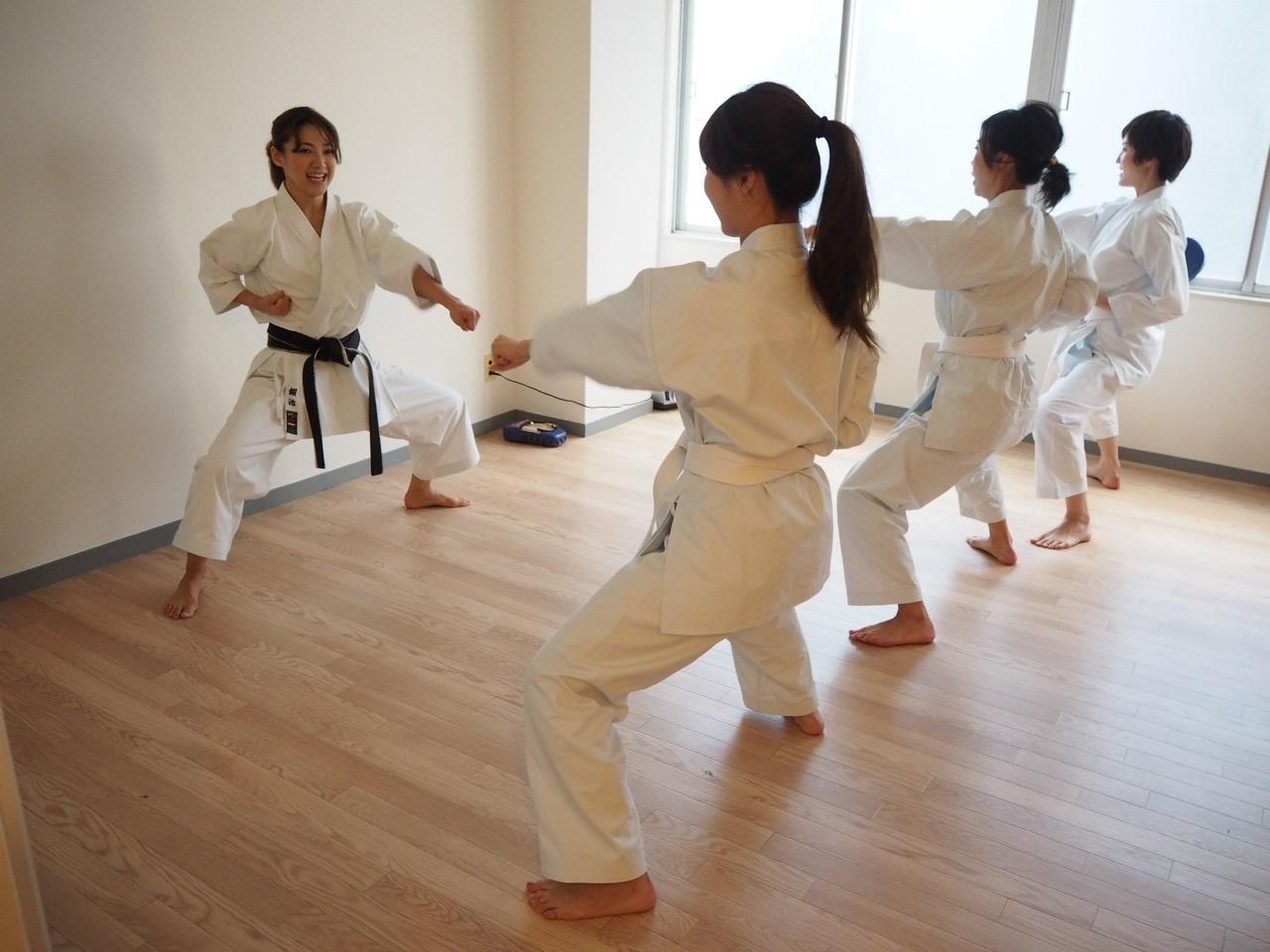Introduction
Dog obedience training is more than just teaching your furry friend a few tricks; it’s about establishing a strong bond built on trust, respect, and clear communication.
In this guide, we delve into the world of dog obedience training, offering valuable insights and practical tips to help you nurture a well-behaved and obedient canine companion.
Understanding the Basics of Dog Obedience Training
Before embarking on a journey of obedience training with your dog, it’s essential to understand the basics and establish realistic expectations.
The Importance of Obedience: Obedience training is crucial for ensuring your dog’s safety, enhancing communication, and fostering a harmonious relationship between you and your pet. By teaching basic commands and behaviors, you empower your dog to navigate the world confidently and respond appropriately to various situations.
Positive Reinforcement: Positive reinforcement is the cornerstone of effective obedience training. By rewarding desired behaviors with treats, praise, or play, you reinforce good behavior and motivate your dog to repeat it. Avoid punishment-based methods, as they can damage the bond between you and your dog and lead to fear or aggression.
Consistency and Patience: Consistency is key to successful obedience training. Establish clear rules and expectations for your dog, and be patient as they learn and progress. Remember that every dog learns at their own pace, so celebrate small victories and remain committed to the process.
Essential Commands for Obedience Training
Training your dog to respond to basic commands lays the foundation for a well-behaved and obedient companion.
Sit: Teaching your dog to sit on command is one of the first commands you’ll want to master. Start by holding a treat close to your dog’s nose and slowly moving it upward while saying “sit.” When your dog’s bottom touches the ground, praise and reward them with the treat.
Stay: The “stay” command teaches your dog to remain in place until released. Begin by having your dog sit, then give the command “stay” while holding your hand out in front of you, palm facing your dog. Take a step back and reward your dog for staying in place. Gradually increase the distance and duration of the stay as your dog progresses.
Come: The “come” command is essential for calling your dog to you, especially in potentially dangerous situations. Start in a low-distraction environment and call your dog’s name followed by the command “come.” When your dog approaches, reward them with praise and treats. Practice the command in various settings, gradually increasing distractions.
Advanced Training Techniques
Once your dog has mastered basic commands, you can explore more advanced training techniques to further enhance their obedience and responsiveness.
Leash Training: Leash training teaches your dog to walk politely on a leash without pulling or lunging. Use positive reinforcement to reward loose leash walking and redirect unwanted behaviors. Consistency and patience are essential as you gradually increase distractions and duration.
Impulse Control: Impulse control exercises help your dog learn to resist temptation and exhibit self-control. Practice exercises such as “leave it” and “wait” to teach your dog to ignore distractions and wait for permission before acting.
Conclusion
Dog obedience training is a rewarding journey that strengthens the bond between you and your canine companion while promoting good behavior and responsiveness.
By understanding the basics of obedience training, mastering essential commands, and incorporating advanced techniques, you’ll nurture a well-behaved and obedient dog that brings joy and companionship for years to come.
Remember, patience, consistency, and positive reinforcement are the keys to success in dog obedience training.











